11 'Healthy' Fats That Secretly Strain Your Kidneys (Beyond Avocados)
The word "healthy" shows up on a lot of food labels. We reach for nuts, fatty fish, seed blends, and coconut-based products because they promise heart and brain benefits. For most people, these choices are useful parts of a balanced diet. But when kidneys are slow to filter waste, some of the same foods can quietly add up — through phosphorus, potassium, added sodium, or concentrated calories. That balance matters because kidneys control mineral levels in your blood. When they can’t keep up, potassium and phosphorus can build up and affect the heart and bone health. Leading kidney organizations stress the importance of monitoring these nutrients, especially for people with chronic kidney disease (CKD). This article looks beyond avocado to 11 fat-rich foods and supplements that are commonly promoted as healthy but can strain kidneys if you’re not checking portions or labs. Each entry explains why the food is popular, how it might be a problem for kidney health, and practical swaps or questions to raise with your clinician. If you have reduced kidney function, think of this as a conversation starter you can bring to your next appointment. Small adjustments often let you keep foods you enjoy while staying within safe limits.
1. Salmon and Other Fatty Fish
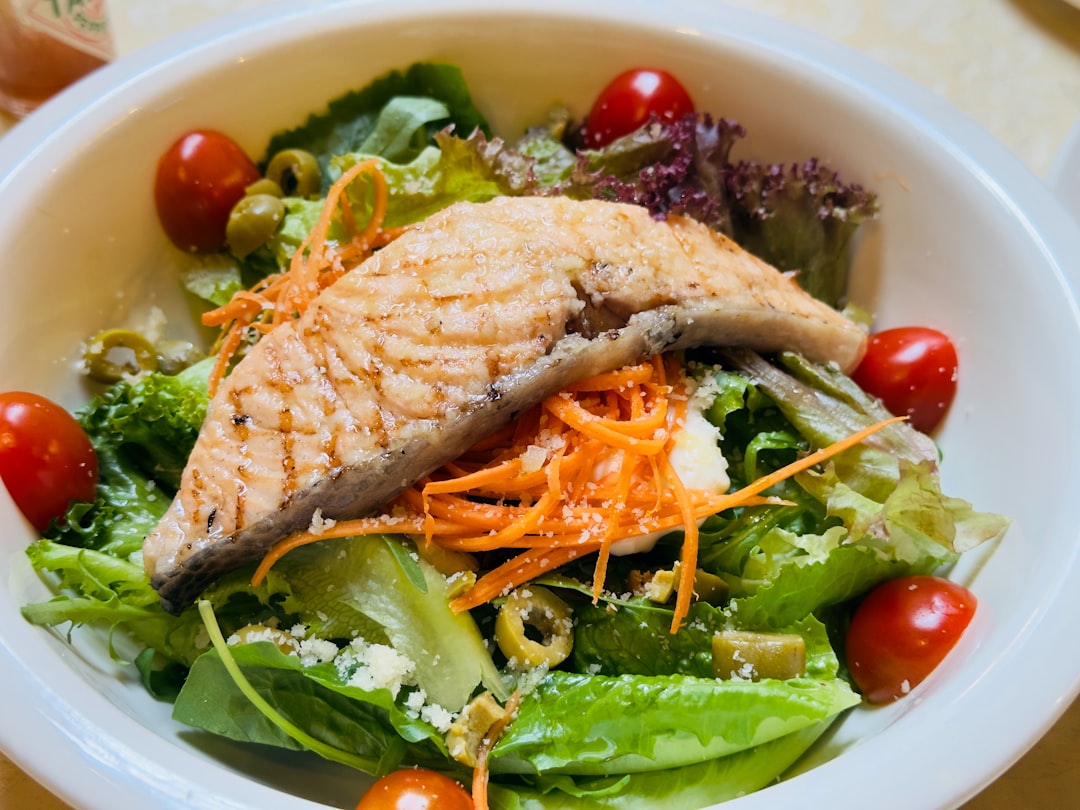
Fatty fish like salmon, mackerel, and trout are prized for omega-3s that support heart and brain health. They’re commonly recommended in heart-healthy diets because those fats have anti-inflammatory effects. At the same time, many fatty fish are decent sources of phosphorus and potassium — minerals the kidneys normally filter. If kidney function is reduced, phosphorus and potassium can accumulate in the blood. That buildup can cause fatigue, bone changes, or heart rhythm issues if not managed. The National Kidney Foundation and nephrology experts advise that people with CKD balance the benefits of omega-3s against the mineral load of certain fish. Practical steps include choosing portion sizes vetted by your renal dietitian, favoring lower-phosphorus fish when appropriate, and spacing fish servings rather than consuming them daily in large amounts. For many patients, the solution is moderation and monitoring: enjoy the heart benefits while checking blood tests and asking a clinician for personalized portion guidance.
2. Tuna (Fresh and Canned)
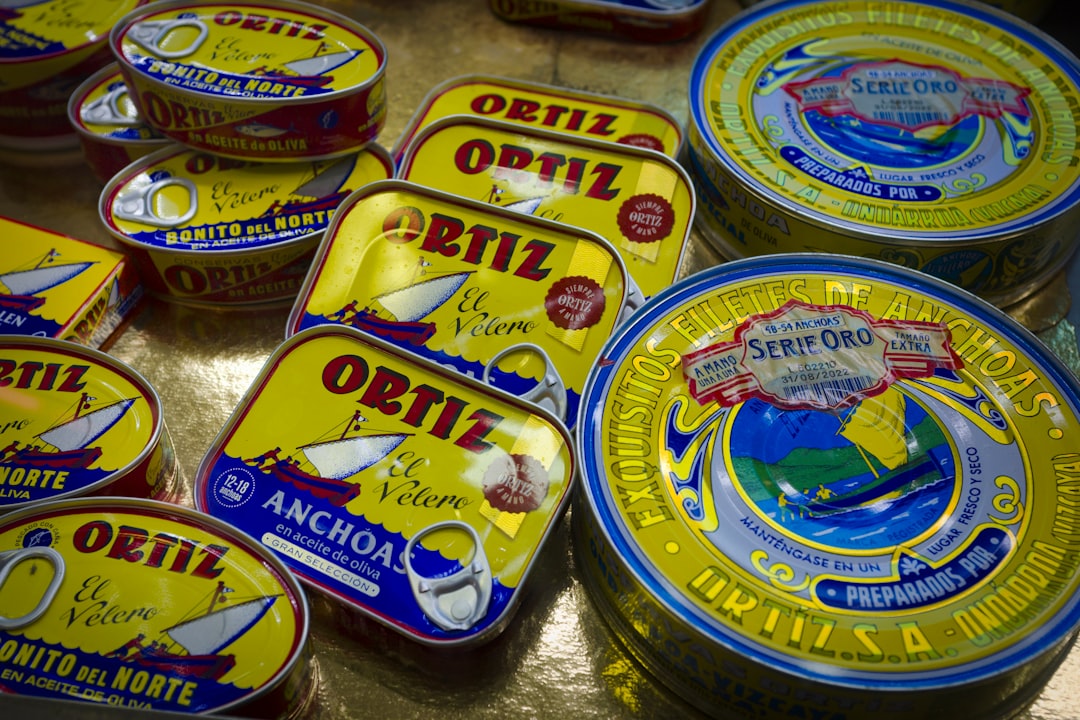
Tuna is a go-to source of lean protein and omega-3s, and canned tuna makes quick meals easy. Fresh tuna contains natural minerals like phosphorus and potassium. Canned versions can add another layer of concern because many are packed in brine or oil with added sodium. Sodium affects blood pressure, and uncontrolled blood pressure increases kidney workload. For someone with reduced kidney function, the trio of potassium, phosphorus, and sodium matters. Choosing low-sodium canned tuna and checking portion sizes helps limit the mineral load. Another tactic is to rinse canned fish briefly to reduce surface sodium. If you rely on tuna regularly, ask your provider about how often it fits into your plan and whether lab monitoring is needed to catch mineral shifts early.
3. Canned Fish Packed in Oil or Brine
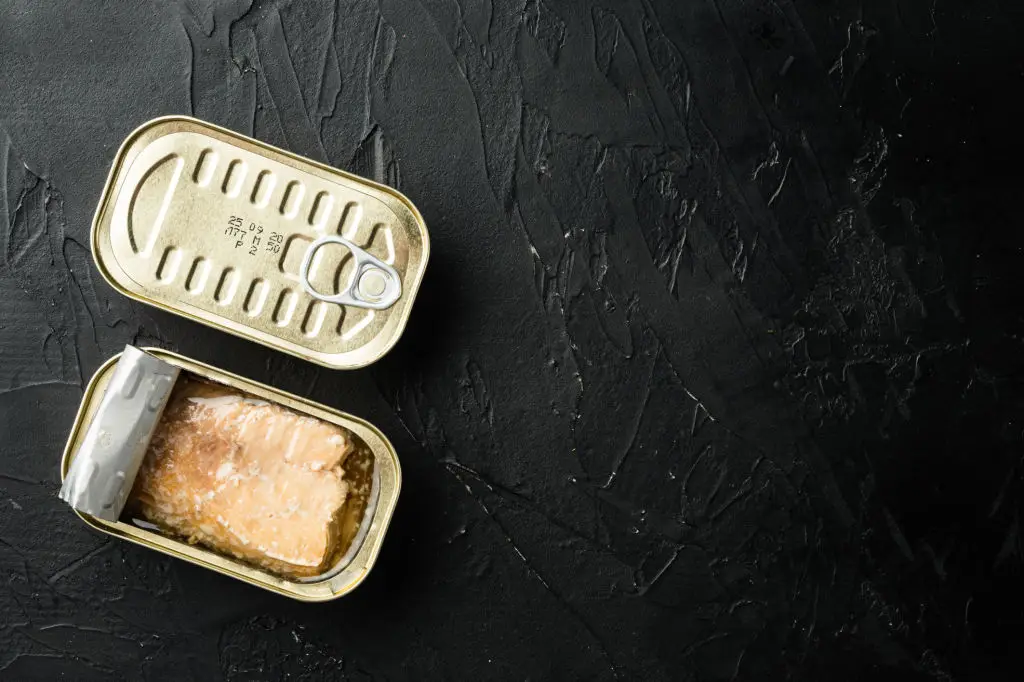
Canned fish is convenient and shelf-stable, but the packing liquid changes the nutrition profile. Oils can add calories without changing mineral counts, while brine or flavored sauces often add significant sodium. That extra sodium can raise blood pressure and make it harder for kidneys to maintain fluid and mineral balance. For people tracking potassium and phosphorus, canned seafood also tends to be more concentrated per serving than a fresh portion. To reduce risk, look for "no salt added" or "low sodium" labels and practice strict portion control. If a recipe calls for canned fish, try mixing it into larger salads or grain bowls so the overall mineral content per plate is lower. And always discuss frequent canned-fish consumption with your healthcare team to ensure it fits alongside your lab results and medication plan.
4. Almonds and Almond Products
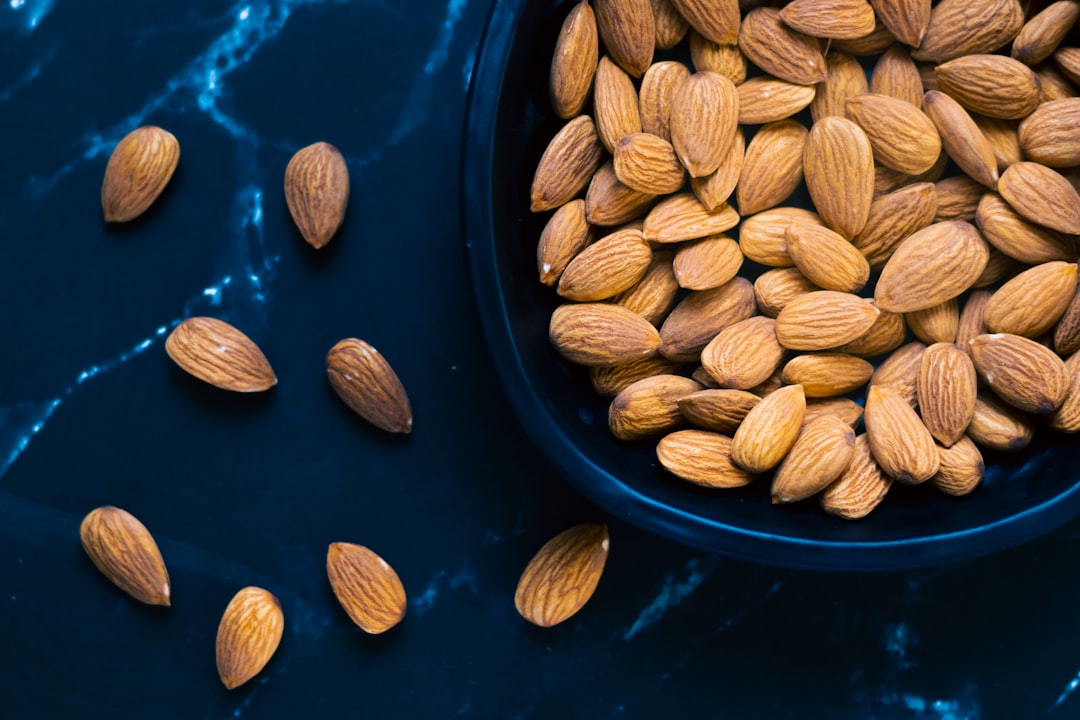
Almonds show up in wellness headlines for their healthy fats, vitamin E, and fiber. They’re an easy snack and a popular baking ingredient. However, almonds are relatively high in phosphorus and potassium compared with some other snack choices. When someone eats multiple servings, those minerals add up quickly. For people with healthy kidneys, the body usually keeps levels in balance. But with reduced kidney function, phosphorus and potassium can rise because the kidneys filter less efficiently. Almond flour and concentrated almond products can be especially easy to overconsume because they pack a lot of nuts into small portions. If you enjoy almonds, measure servings and discuss target daily limits with a renal dietitian. Swapping in lower-potassium snacks periodically — and choosing unsalted versions to cut sodium — are simple, practical moves that retain the taste you love while protecting kidney health.
5. Cashews
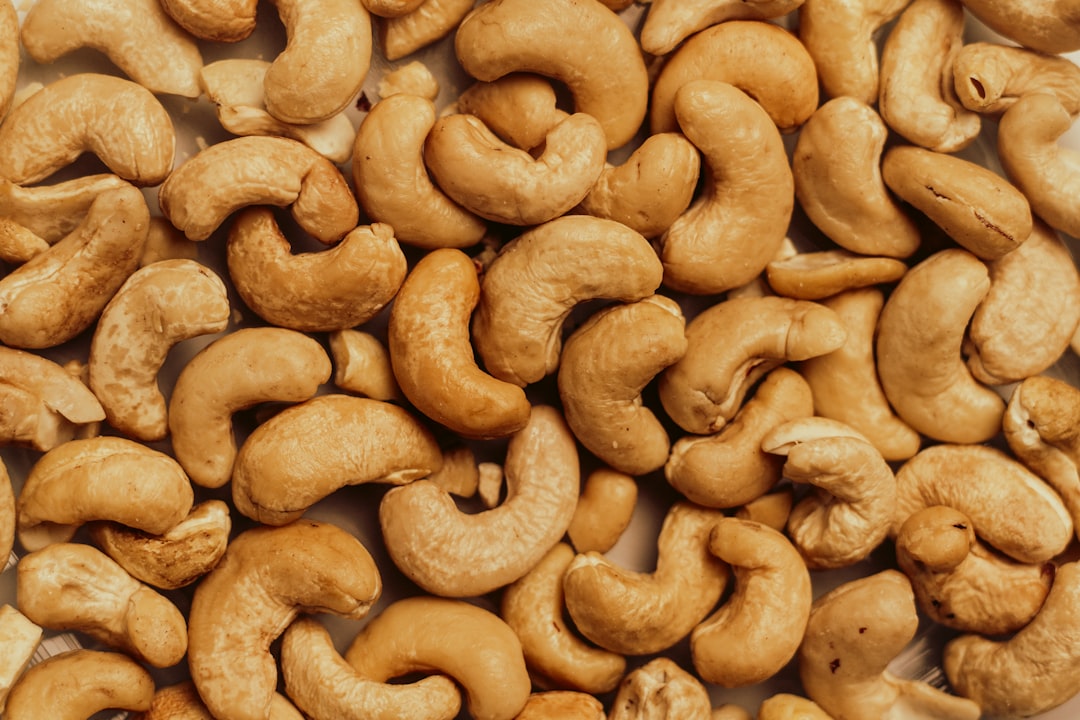
Cashews are often pitched as a creamy, plant-based source of healthy fat — and they do contain useful nutrients like magnesium and iron. They’re also higher in potassium and phosphorus compared with several other nuts. For people prone to mineral build-up, a handful of cashews can move you faster toward daily targets than you expect. Salted or flavored cashews add sodium, too, which can increase blood pressure and kidney stress. To keep cashews in your routine without unintended consequences, limit portion size to a small handful, rotate with lower-mineral nuts when appropriate, and choose unsalted preparations. If you’re managing CKD, the clearest tool is lab monitoring: tracking potassium and phosphorus tells you whether your current nut intake fits your personal limits.
6. Pistachios
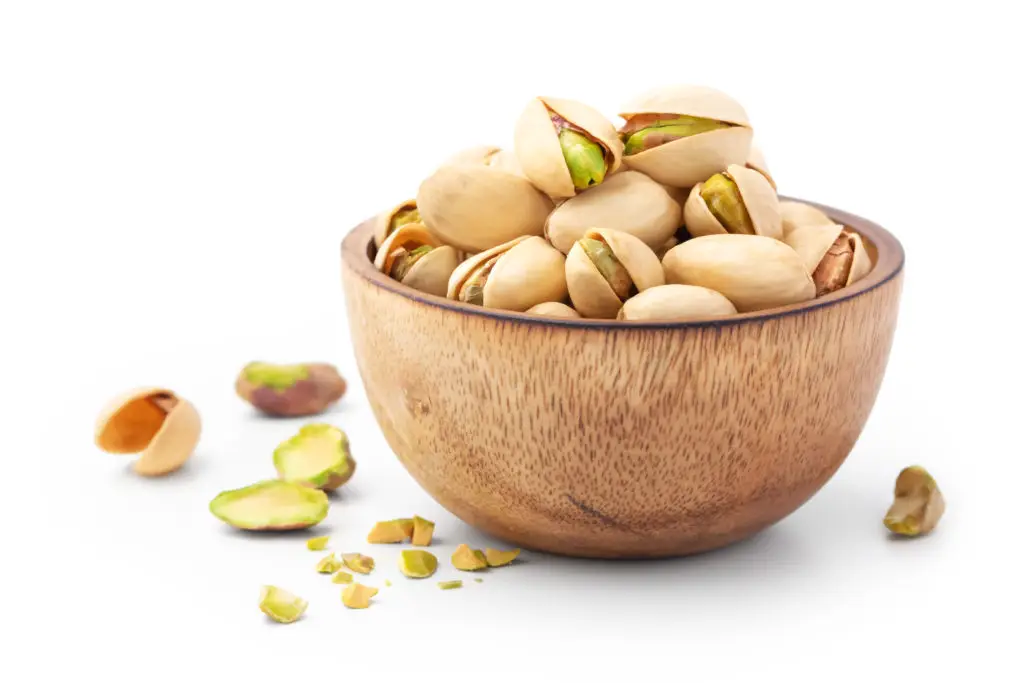
Pistachios are celebrated for their fiber and heart-friendly fats, and they’re easy to snack on straight from the shell. That convenience is part of the risk: it’s effortless to keep eating past a single serving. Pistachios contain potassium and phosphorus at levels that can matter for people with reduced kidney function, and salted varieties add sodium into the mix. For that reason, pistachios can be a hidden source of extra mineral load. Portion awareness helps a lot — measure a serving rather than mindlessly snacking — and choosing unsalted pistachios cuts the sodium issue. If pistachios are a daily habit, bring this up with a nephrologist or renal dietitian so your labs can confirm whether the intake is safe for you.
7. Nut Butters (Almond, Cashew, Peanut)

Nut butters concentrate the fats, proteins, and minerals of whole nuts into spoonable servings that are easy to overuse. A tablespoon can contain the same mineral load as a larger portion of whole nuts because processing concentrates nutrients. That means that several spoonfuls a day add up fast for potassium and phosphorus intake. Commercial nut butters also sometimes include added salt, sugars, or oils that increase sodium and calories. For people with compromised kidney function, simple strategies work well: stick to labeled serving sizes, choose unsalted varieties, and rotate with lower-mineral spreads when recommended by a dietitian. If you rely on nut butter for energy, consider pairing a measured portion with fresh produce or a controlled-grain portion to keep total mineral intake balanced across the meal.
8. Chia and Flax Seeds (Plant Omega-3s)

Chia and flax seeds are a favorite plant-based source of alpha-linolenic acid (ALA), a form of omega-3. They add fiber and a pleasant texture to smoothies, yogurts, and baked goods. Seeds also contain phosphorus, and because many people sprinkle them daily, that phosphorus can add up quickly. The same is true for other concentrated seed products or seed-based milks. For people with reduced kidney function, portion control is essential: a tablespoon sprinkled daily is very different from a few tablespoons used in multiple meals. Talk with your clinician about how seeds fit into your overall mineral targets and whether periodic lab checks are needed after adding them to your routine.
9. Coconut Products (Oil, Milk, Flour)

Coconut oil, coconut milk, and coconut flour have earned praise for their flavor and versatile use in recipes. They also appear in many packaged goods labeled "natural" or "keto-friendly." Coconut products are higher in saturated fat than many plant oils, and that saturated fat can influence blood lipid levels and cardiovascular risk over time. Heart health and kidney health are closely tied; when cardiovascular risk is higher, kidneys often feel the impact. Additionally, some coconut-based prepared foods contain added sodium or phosphorus-based additives. For people with kidney disease, that combination can increase risk over time. Using coconut in smaller amounts and prioritizing heart-healthy oils recommended by renal dietitians helps preserve the flavor benefits without compounding cardiovascular or kidney strain.
10. MCT Oil and Concentrated Fat Supplements
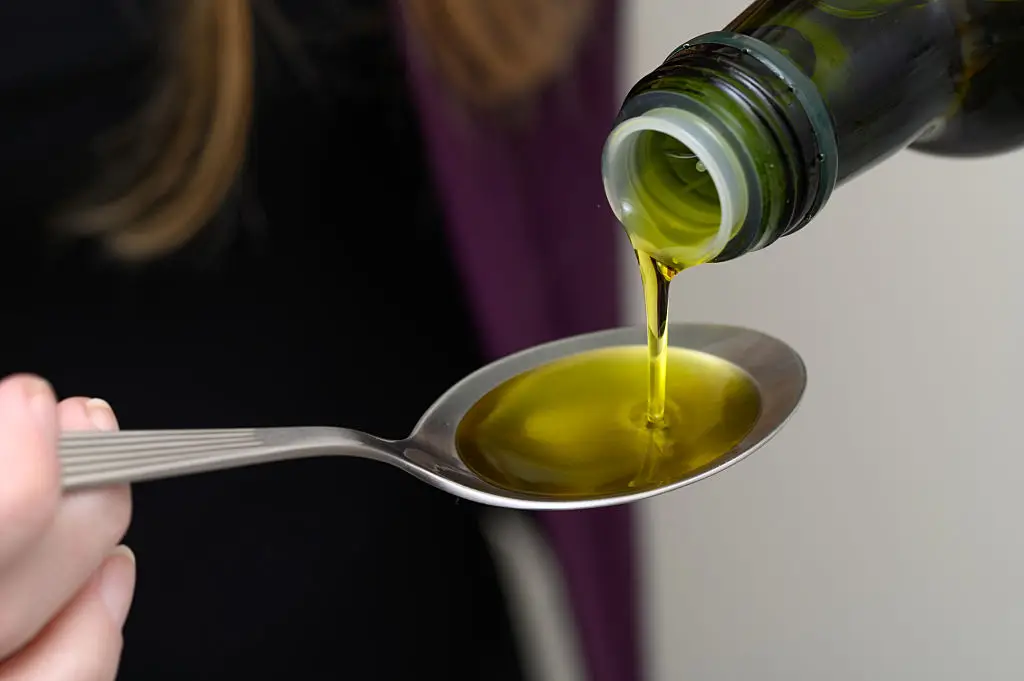
MCT (medium-chain triglyceride) oil and similar concentrated fat supplements are popular for quick energy and for those following specific diets. They’re not usually high in potassium or phosphorus, but their concentrated nature makes it easy to consume many extra calories and fat without realizing it. Weight and metabolic changes matter for kidney health because metabolic stress and obesity are risk factors for kidney disease progression. Also, high-dose supplements sometimes interact with medication or metabolic conditions. Given that concentrated fat supplements are easy to overuse, it’s wise to discuss them with your clinician before starting, especially if you have CKD. A tailored plan helps you get desired effects without unintended impacts on labs or body weight.
11. Omega-3 Supplements and Fortified Plant-Based Meats

Omega-3 supplements (fish oil capsules) are often recommended for heart health and reducing inflammation. They can be helpful, but dosing varies and very large doses should be reviewed with a clinician, especially if you take blood-thinning medications or have complex kidney disease. On the other hand, many plant-based meat and dairy alternatives are fortified and contain added oils, sodium, and phosphorus-containing additives to mimic texture and flavor. Those additives can raise phosphorus intake and sodium content unexpectedly. For people managing kidney targets, that means label-reading becomes essential. Instead of assuming a "plant-based" label equals kidney-safe, check the nutrition facts and ingredient list, and ask your dietitian whether a specific product fits your plan.
What to Do Next: Practical Steps and Safer Swaps
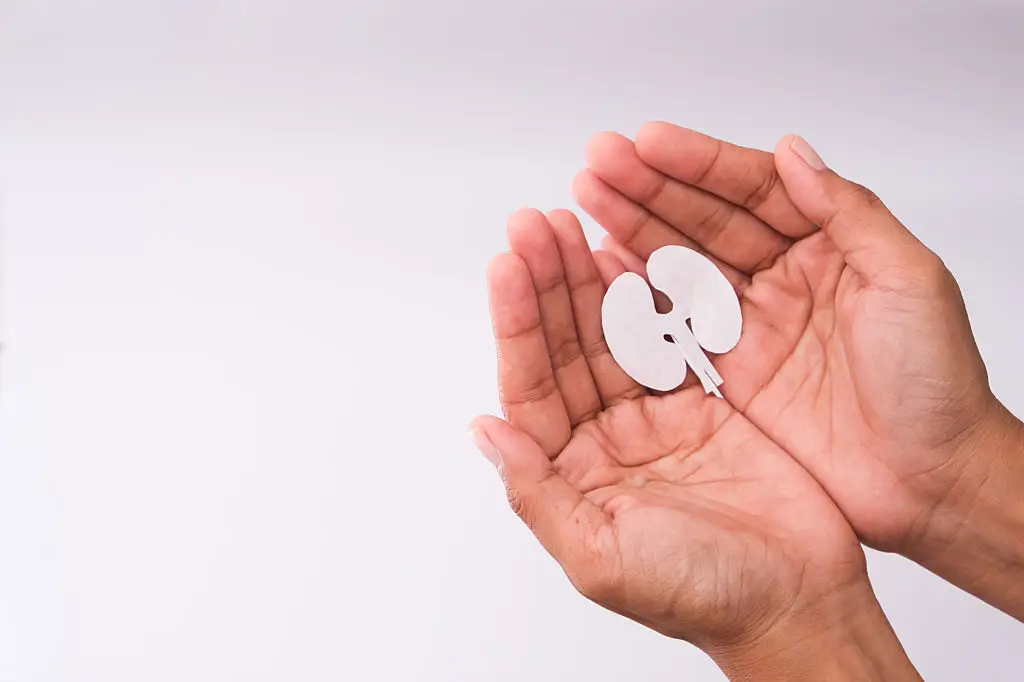
These 11 items aren’t meant to scare you away from healthy eating. For most people, fatty fish, nuts, seeds, and the odd coconut treat add nutrient value and enjoyment. The point is that when kidneys are not filtering as well, minerals like potassium and phosphorus — plus extra sodium from processed versions — can build up in the blood. That’s why monitoring and personalization matter. Start with a few practical steps: measure portions rather than guessing, choose unsalted or low-sodium versions when possible, and rotate high-mineral foods with lower-mineral alternatives. Bring a list of the favorite foods and supplements you use to your next clinic visit. A nephrologist or renal dietitian can translate general guidance into specific serving sizes and lab targets for you. Finally, keep doing the things that support whole-person wellness: stay active at a comfortable level, manage blood pressure, and celebrate small, steady improvements. With careful choices and simple swaps, you can enjoy many foods while protecting your kidneys and overall health.
